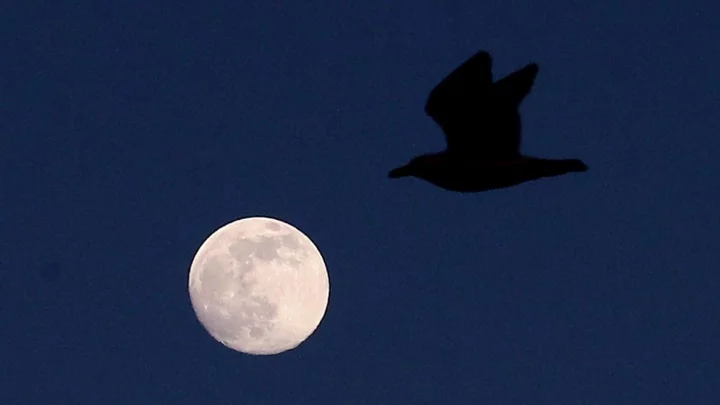Try as you might, the moon is famously difficult to photograph. Smartphone images inevitably turn out blurred, or with the light all wrong.
With Monday’s full moon set to be a supermoon, then, how can people try to ensure that they actually get a decent shot of it?
A supermoon is an occasional coincidence that happens when the moon is at its closest point to the Earth in its orbit. When this happens, the Moon is usually brighter and appears larger in the sky than at other times.
Sign up to our free Indy100 weekly newsletter
The best time to catch it is just after sunset, when the Moon is just on the rise. The colour of the sky, and sometimes the clouds, should make it easier to get the right exposure, because the difference between the sky and the Moon’s colour is not so extreme.
If you have a newer smartphone, you may also have settings which let you alter the focal length, exposure, ISO (the sensitivity of the camera) and shutter speed.
“Make sure not to use flash, and switch on HDR (high dynamic range), if your phone has it. HDR, simply put, means that there will be a high contrast between the darkest and lightest parts of an image,” Mark Lord, founder and owner of Mark Lord Photography, told IFLScience.
“This typically makes images more striking. Many modern smartphones feature HDR. Using flash, meanwhile, has ruined many a night sky capture.”
Meanwhile, think about the focus too. Tempting as it may be to zoom in on the moon and try to get as much of it as you can is usually not going to work. “Even newer smartphones lack the capacity for zoom. Trying to zoom in on an object, particularly one as far away as the moon, may compromise the resolution and quality of an image” Lord added.
“Instead, I recommend creating a more interesting shot by taking a landscape-style photo, adding depth and variety by making use of objects and landmarks in the foreground. A full moon captured through tree branches, for example, can make for a very spooky and atmospheric image.”
So it’s time to get ready, and get snapping.
Have your say in our news democracy. Click the upvote icon at the top of the page to help raise this article through the indy100 rankings.

